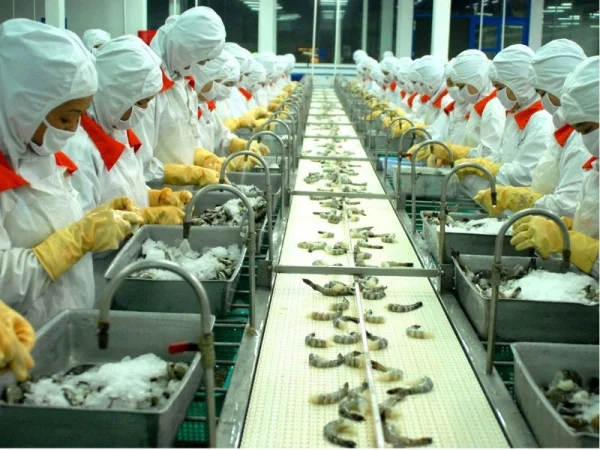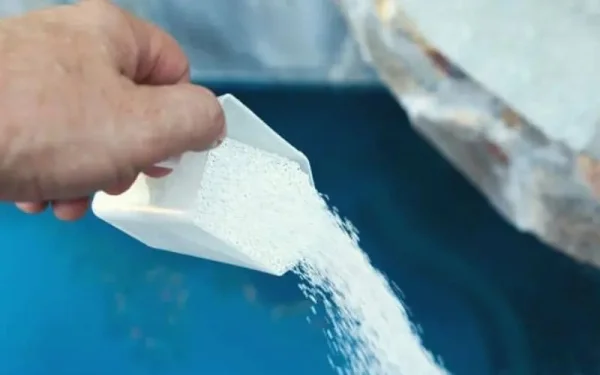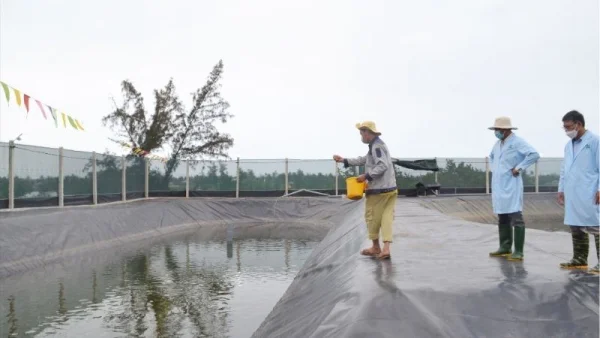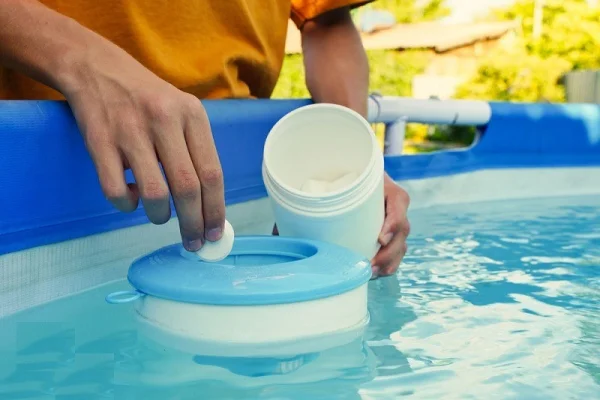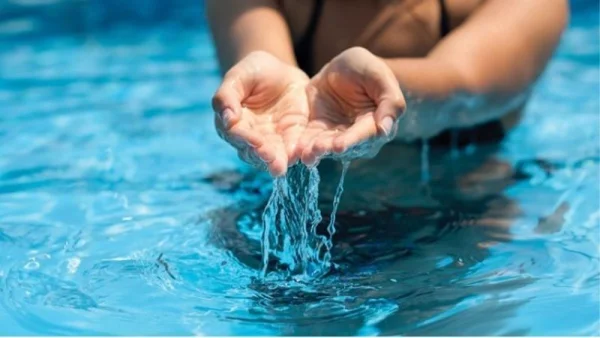
Chlorine is a chemical element belonging to the Halogen group, and it has widespread applications in various fields, serving useful purposes in our daily lives. However, the presence of excess chlorine in water can be a concern, and it is crucial to understand the proper and safe methods of chlorine-treated water production in chemistry, as well as the effective and timely techniques to handle the residual chlorine levels in water. This article will delve into the details of chlorine-treated water production and the efficient ways to neutralize chlorine in water.
Producing Chlorinated Water
The process of producing chlorinated water is relatively straightforward, and it can be carried out by anyone with a few simple steps. To begin, one can simply allow the interaction between Cl and water, which will result in a pale yellow solution that can turn litmus paper from purple to red. This solution is the chlorinated water, but it will quickly lose its initial yellow color due to the highly oxidizing nature of HClO. The standard chemical equation for the production of standard chlorinated water is as follows:
Cl2 + H2O ==> HCl + HClO
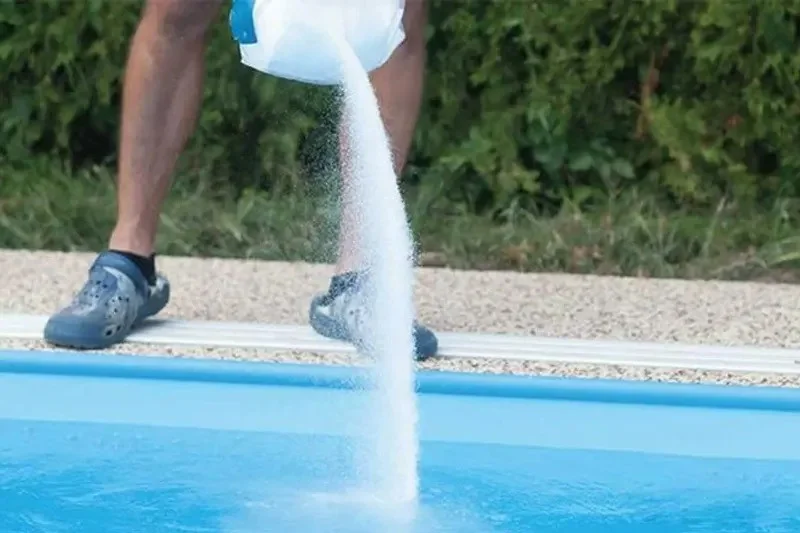
Key Features of Chlorinated Water
Before learning how to neutralize chlorine , we need to understand the characteristics of liquefied chlorine gas, it is essential to explore the properties of this chemical in more detail.
Physical Properties
Chlorine is a nonmetallic element belonging to the Halogen group, existing as a gas under normal conditions. Chlorine is a dull yellow gas with a pungent odor and is approximately 2.5 times heavier than air, posing a toxic hazard to humans upon direct exposure. It is also soluble in water and readily dissolves in various organic solvents. In the natural environment, you can easily find chlorine in the form of chloride salts, such as sodium chloride (table salt), carnallite, and potassium chloride.
Chemical Properties
Regarding chemical properties, chlorine is an atom with an electronegativity of 1.6, ranking it just behind oxygen and fluorine. Due to this, chlorine has oxidation states of (+1), (+3), (+5), and (+7). In some special cases, chlorine can have an oxidation state of (-1), making its fundamental chemical property one of strong oxidation.
Disinfection Mechanism
As many people are aware, chlorinated water contains a type of oxidizing acid called HClO. However, the disinfection mechanism of chlorinated water is not solely due to HClO, but rather the oxygen atoms that are liberated from HClO. HClO is a weak acid, and it can easily dissociate at room temperature, forming HCl and [O]. The chemical equation for the decomposition of hypochlorous acid is as follows:
HClO ==> HCl + [O]
Effective Ways to Neutralize Excess Chlorine in Water
Producing chlorinated water is straightforward, but effectively removing the excess chemical is not something everyone is familiar with. Recognizing the potential hazards of excess chlorine, we have compiled a list of useful information on efficiently neutralize chlorine in water.
Using Ultraviolet (UV) Radiation to Remove Excess Chlorine
To neutralize chlorine in water , an effective method that many people have successfully used is to expose the water to high-intensity UV radiation from a UV lamp. This process creates a wide spectrum of radiation that primarily reduces the free chlorine and chloramines by separating them into HCl (hydrochloric acid). However, this method requires considerable effort and is more suitable for industrial applications with modern and advanced lighting setups.
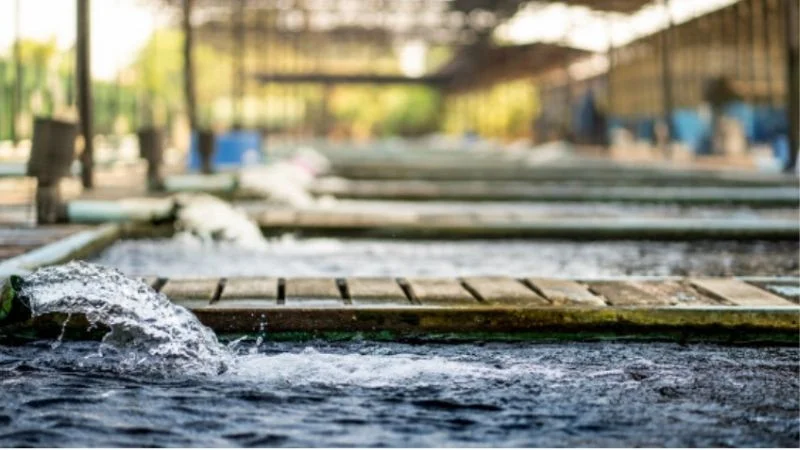
Using Chemicals to neutralize Chlorine
In addition to using UV radiation, customers can also consider using chemicals such as Chloramines and Metabisulfites to neutralize chlorine . Since this is a method that involves the use of chemicals, users must strictly follow the instructions provided by the manufacturers. Additionally, this approach is more suitable for domestic water usage and should be limited for direct drinking water to avoid the risk of overdosing, which can have direct health implications.
Exposing Water to Open Air
The process of producing chlorinated water is quite simple, and the method of exposing the water to open, well-ventilated areas to allow the chlorine to evaporate is also relatively easy. Based on the properties of chlorine mentioned earlier, we know that this chemical exists in a gaseous state under normal conditions. Leveraging this characteristic, you can apply a rather manual approach by exposing the water to well-ventilated areas, allowing the chlorine to gradually evaporate. However, this method is only temporary and can only remove a certain amount of residual chlorine, not a large quantity.
Using Activated Carbon to neutralize Chlorine
The mechanism of using activated carbon to neutralize chlorine in water is highly effective. The carbon in the activated carbon reacts with the chlorine and helps remove it from the water. According to previous calculations, 1 kg of activated carbon can help remove up to 6 kg of chlorine, which is a substantial amount. The best approach is to use an activated carbon filter, a specialized device designed to remove residual chlorine quickly and effectively.
Utilizing Reverse Osmosis (RO) Filtration
Surely, you are well aware of the health risks associated with using household water that contains chlorine levels exceeding the permissible limits. However, finding a fast, easy, and efficient way to neutralize chlorine is not a straightforward task, and not everyone is familiar with the solutions. The introduction of RO water filtration systems has provided a viable solution. These systems operate on a closed-loop process and the principle of osmosis, enabling them to effectively filter out the excess chlorine from the water, as well as other harmful substances and sediments.

Dong A Chemicals - Your Trusted Source for Chlorine
Selecting a reliable and reputable supplier of chemicals is a crucial factor that many people are concerned about these days. It provides people with the opportunity to use genuine, high-quality products from reputable and legally operating companies.
With 20 years of experience in the chemical industry, Dong A Chemicals can ensure the quality of its products when they reach the customers' hands. Additionally, the company offers various customer-friendly sales policies, making it a top destination for customers and businesses across the country who need chlorine.
Contact Information:
Hotline: (+84) 985797941
Email: export@dongachem.vn
Website: dongachem.com
Address: Khu 9, Phong Chau town, Phu Ninh district, Phu Tho, Viet Nam
Conclusion
The information provided above covers the details on how to produce chlorinated water and effectively neutralize chlorine levels in water easily. We hope that the insights shared by Dong A Chemicals will help you better understand the applications and utilities of this chemical in daily life. For any further inquiries or to promptly obtain the products, please feel free to contact the company through the provided information.
Related Articles
Is It Safe To Use Chlorine in the Food Industry?
Chlorine is a highly versatile chemical that plays a crucial role in various industries, including ...
The Ultimate Guide to Chlorine Powder for Pool Water Treatment
Maintaining a clean pool is crucial for the health and enjoyment of swimmers. One of the most ...
Top 3 Applications of Chlorine Powder
Chlorine powder , also known as calcium hypochlorite (Ca(OCl)2), is a widely used disinfectant ...
Chlorine 70: The Powerful Disinfectant
Chlorine is a powerful chemical with strong oxidizing and disinfecting properties. It is widely used ...
8 Key Uses of Chlorine Tablets
Chlorine tablets are a widely used chemical in various industries, particularly in the field of ...
How to Effectively Chlorinate Your Pool
Maintaining a clean and safe swimming pool is crucial for ensuring a refreshing and enjoyable ...

